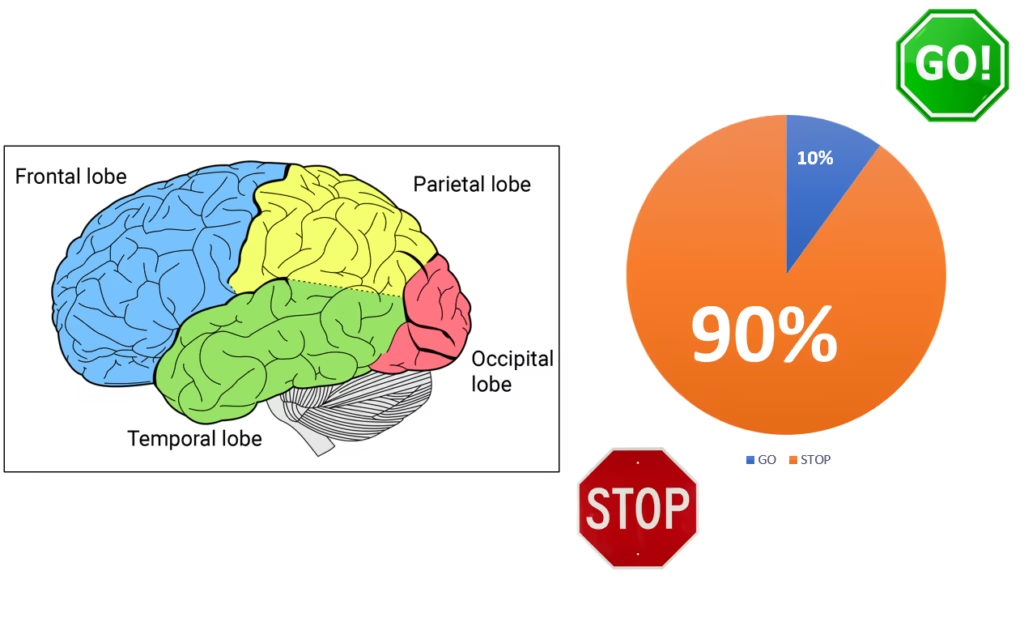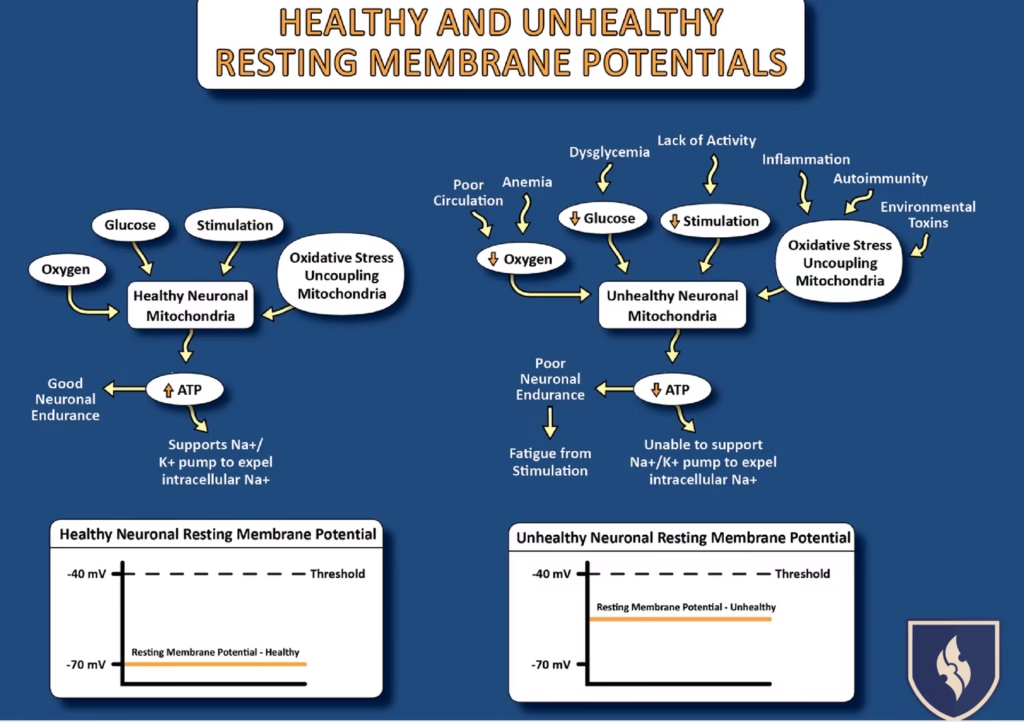What Causes Someone to Be Floxed?
Ingestion of various volumes of fluoroquinolones can cause once-healthy individuals to become floxed. The US FDA recognizes fluoroquinolone-associated disability (FQAD) as a condition caused by fluoroquinolones present in antibiotics.
A healthy human can become floxed after taking antibiotics that contain fluoroquinolones to remedy common ailments. Antibiotics have been assessed to be safe for many people. But in the case of floxies, a single dose could cause paralysis, tendon rupture, and irreversible nervous system damage.
Symptoms of Being Floxed
Common symptoms after being floxed include:
- DNA damage
- Mitochondrial dysfunction
- Blurry vision
- Anxiety
- Depression
- Tendonitis
- Muscle atrophy, paralysis, or both
Floxies and Anxiety
Symptoms of anxiety are more common in floxies, especially for those at an advanced stage. Anxiety in floxies is largely driven by the autonomic nervous system (ANS).
The autonomic nervous system controls involuntary muscle, heart, and gland actions in humans. It comprises the sympathetic and parasympathetic nervous systems.
Most body functions like digestion and breathing are controlled by these components of our nervous system. When it comes to floxies, both components of the ANS perform specific acts to either suppress or amplify anxiety symptoms. Check out how they both operate below:
Sympathetic nervous system
The sympathetic nervous system of floxies prepares their body to avoid danger or fight back some symptoms and responses. These responses are commonly referred to as the “fight-or-flight” reaction. Most stages of anxiety in floxies involve the following activity:
- Increase in blood pressure
- Blood flow increase to the muscle, lung and essential areas to facilitate movement from perceived danger
- Decreased blood flow to the reproductive and digestive systems
- Activated stress hormones and neurotransmitters to support physical responses
- Quick-release of glucose to aid necessary processing of energy
The unique nature of some floxies makes it unlikely that every patient will experience all actions in the above format. Some may experience one or two actions, while others may not have to deal with any of them.
Common anxiety symptoms in floxies driven by the sympathetic nervous system response
Actions from the sympathetic nervous system tend to drive the following:
- Accelerated heartbeat
- Insomnia
- Jerky movements
- Tense appearance
- Uneasiness
- Stress
- etc.
In some cases, floxies might experience few of these symptoms while others may have to grapple with all of them.
Parasympathetic nervous system
The parasympathetic nervous system of floxies runs operations at variance with its sympathetic counterpart. Physical effects of the parasympathetic nervous system drive the following reactions:
- Slowed heart rate
- Stunted respiration
- Drop in blood pressure
- Increased intestinal activity
- A higher rate of blood flow to the digestive tract
- Release of acetylcholine and other neurotransmitters responsible for regulating muscle and cardiac functions
- Decrease in stress hormones
Common anxiety symptoms in floxies driven by the parasympathetic nervous system response
The parasympathetic nervous system drives the following responses:
- Shortness of breath
- Dizziness
- Dry mouth
- Nausea
- Diarrhea
- etc.
The Brain Stop-Go Rule and Neuroinflammation
Recent research has soundly debunked the “we only use 10% of our brains” myth. Evidence shows that regular tasks like walking, listening to music, or talking use up more than 10% of brainpower.
But that’s not to say there’s no truth in the 90/10 analogy – there is.
90% OF YOUR BRAIN IS STOPPING THIS THINGS. IF THAT STOPPING MECHANISM ISN’T WORKING, THEN YOU HAVE WAY MORE GO AND SYMPATHETIC STORM!
Our brains work round the clock and need most departments in great shape to perform a regular activity. However, the brain doesn’t use all of its potentials to complete tasks at any time.
What this means is simple – different parts of our brains get activated when we need to complete certain tasks. That means some parts of the brain will remain dormant until it has to fulfill its role. Hence the stop-go rule most anecdotes point at.
The stop-go mechanism of a human brain adopts a passive-active format, making a massive percentage inhibitory for specific actions. And the other part goes into an active state to support regular activity. Gaba is needed to STOP in the brain.
But after being floxed, neuroinflammation sets in and causes an imbalance to this stop-go function. With the alteration, floxies will have more brain functions activated to perform any task.
Having abnormal brain activity triggers neuroinflammation and other accompanying symptoms of being floxed.
Mitochondrial damage in Floxies
Damage to the mitochondria (organelle responsible for energy production in cells) causes many cases of being floxed. Immense mitochondrial damage is a result of what experts call the nerve action potential.
Nerve action potential is a threshold of energy production from healthy cells and mitochondria. Any drastic reduction in the mitochondrial capacity of an individual is likely to affect their energy-generation capacity.
A healthy body should have a considerable action potential that doesn’t “set off” unfavorable nerve responses. But in the case of floxies, damage caused to their mitochondria causes a significant ascension of their nerve action potential.
Such an imbalance also causes issues to floxies’ adenosine triphosphate or ATP. The upset on floxies’ mitochondria and energy-production potential causes nervous reactions uncommon to non-floxed individuals.
How to Ease Neuroinflammation
Floxies can ease the effects of neuroinflammation by:
- Consuming more anti-inflammatory foods and nutrients (while cutting down on inflammatory foods)
- Controlling blood sugar
- Exercise to lose weight and reduce stress
- Consumption of flavonoids and other plant-based compounds shown to limit brain inflammation
- Promoting good gut bacteria
- Engaging help to retain functional neurology (in the event of a brain injury)
You can take some of these steps without consulting a doctor. However, it’s advisable to seek medical help when initiating a plan to manage neuroinflammation.
Conclusion
Floxies are unique, and there’s currently no one-size-fits-all solution to remedy the effects of being floxed. Some individuals may also feel the effects of being floxed differently. Being floxed may cause paralysis and serious damage to some floxies, but may not be as severe to others.
But you don’t have to abandon your health after getting floxed. Taking correct steps to maintain your overall health could be vital to suppress the effects of being floxed.
Frequently Asked Questions (FAQ)
Being “floxed” refers to developing fluoroquinolone-associated disability (FQAD), a condition caused by fluoroquinolone antibiotics. Even a single dose can trigger severe side effects like tendon rupture, paralysis, DNA damage, mitochondrial dysfunction, and nervous system problems.
Anxiety in floxies is driven by dysfunction in the autonomic nervous system (ANS). The sympathetic system triggers fight-or-flight responses such as rapid heartbeat, insomnia, and stress, while the parasympathetic system may cause dizziness, nausea, or shortness of breath. Neuroinflammation and mitochondrial damage also worsen anxiety symptoms.
Mitochondria are the energy producers of cells. When damaged by fluoroquinolones, they fail to generate enough ATP, raising nerve action potential and disrupting normal brain and body function. This mitochondrial damage contributes to neuroinflammation, anxiety, and chronic fatigue in floxed individuals.
Helpful steps include eating more anti-inflammatory foods, reducing blood sugar spikes, exercising, supporting gut health, and consuming flavonoids or plant compounds shown to lower brain inflammation. In some cases, functional neurology support may also be recommended. Always consult a healthcare provider before starting a recovery plan.










